10 Days On The Road Alone In Utah And Arizona Taught Me A Lot—Here Are 11 Things No One Warned Me About
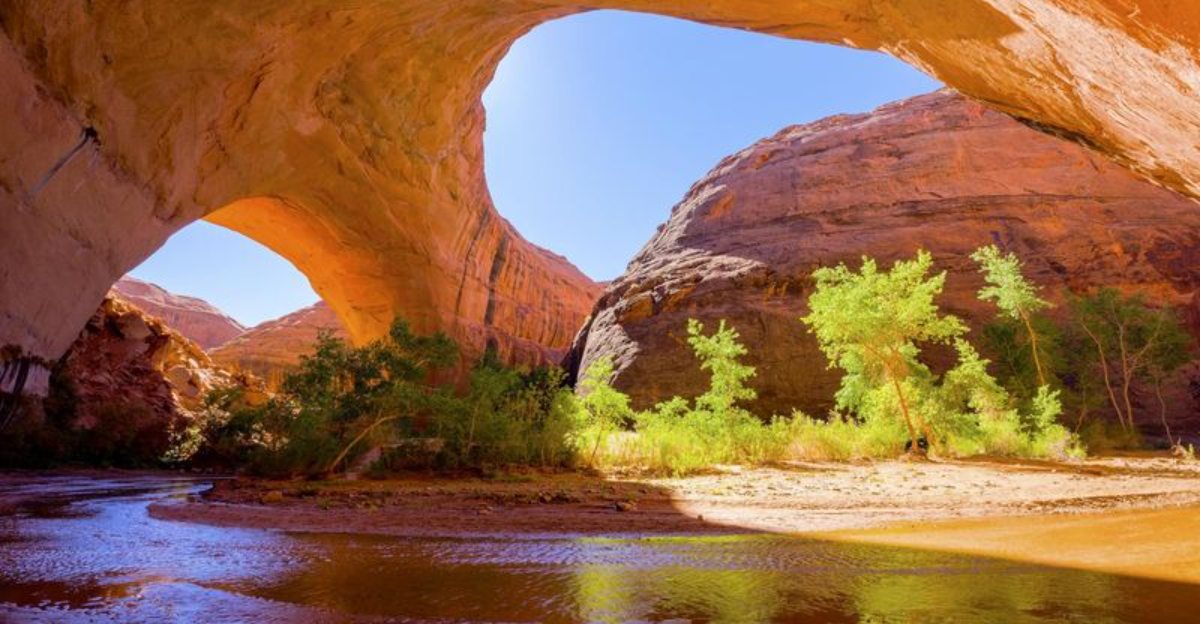
Last summer, I hit the road solo through the jaw-dropping landscapes of Utah and Arizona—just me, my car, and a lot of playlists. The views were everything I hoped for: red rock canyons, endless desert skies, and trails that felt like another planet.
But between overheating engines, iffy cell service, and a couple of rookie mistakes, I quickly realized this trip was going to be as much about problem-solving as it was about sightseeing. Looking back, I wouldn’t trade it—but I’d definitely do a few things differently.
1. Plan Your Route Around Weather And Elevation Changes
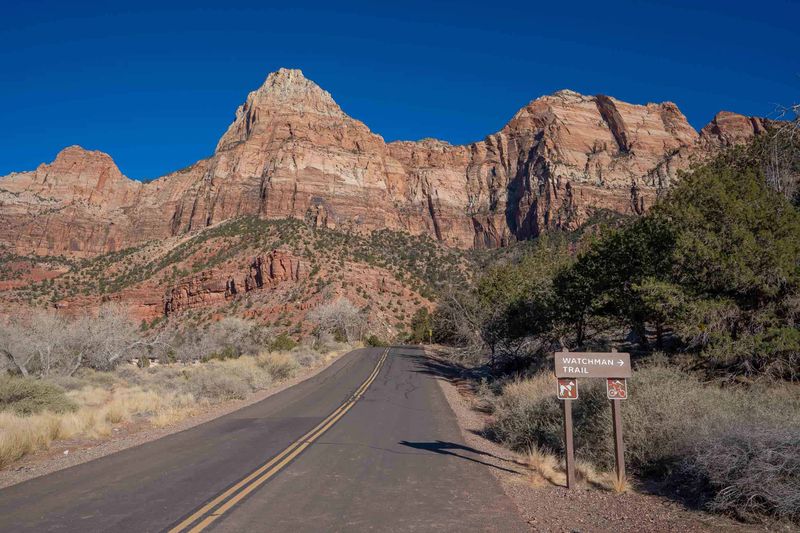
Temperatures can swing wildly as you climb from desert floors to high plateaus. My drive from Moab to Bryce Canyon shifted from sweltering 95°F to a chilly 55°F in just hours.
Pack layers and check weather forecasts for each elevation on your route. A sunny morning can turn into afternoon thunderstorms that cause flash floods in slot canyons.
2. National Parks Are Amazing—But Also Very Busy
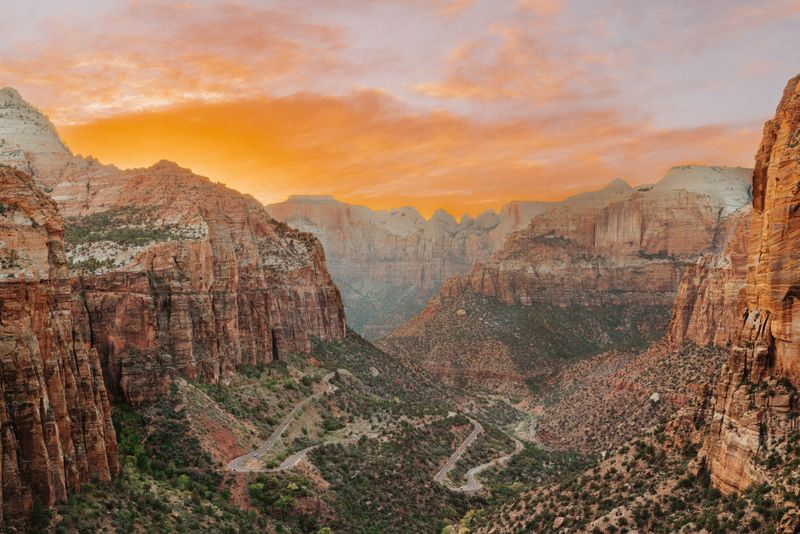
Popular viewpoints often resemble mall parking lots by midday. During my visit to the Grand Canyon’s South Rim, I waited 45 minutes just to snap a photo at one lookout point.
Utah’s Mighty 5 parks draw millions of visitors annually. Consider visiting during shoulder seasons (April-May or September-October) when crowds thin out but weather remains pleasant for hiking.
3. Don’t Underestimate Driving Times And Distances

Maps can be deceiving when winding mountain roads are involved. What looked like a quick two-hour jaunt from Monument Valley to Page actually took nearly four hours with stops and slow sections.
Desert highways stretch endlessly between towns. Allow extra time for scenic pullouts, road construction, and wildlife crossings that might slow your journey through Utah and Arizona’s vast landscapes.
4. Cell Service Can Be Spotty In Remote Areas
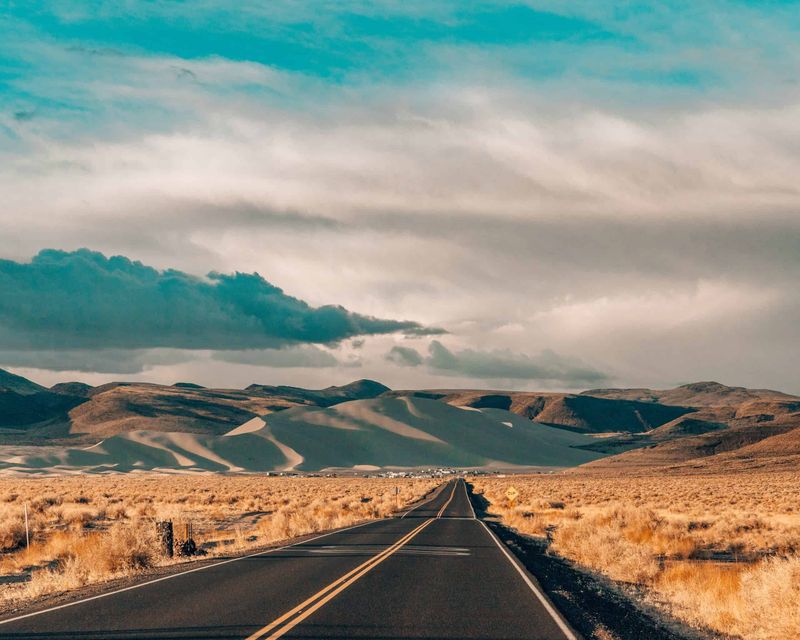
My navigation app suddenly went blank halfway between Kanab and Page. The vast stretches between towns often become cellular dead zones where even emergency calls might not connect.
Download offline maps before your trip through Utah and Arizona. Bring physical maps as backup, and consider a satellite messenger for true emergencies if venturing into backcountry areas.
5. Lodging and Campgrounds Fill Up Fast
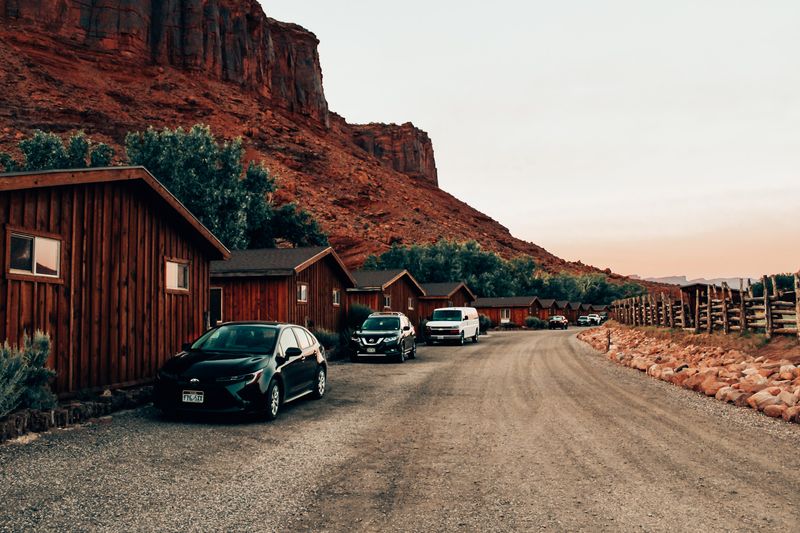
Arriving tired after sunset, I discovered every hotel in Springdale was booked solid. The nearest available room was an hour away! Accommodations near Utah’s popular parks often fill months in advance during peak season.
Reserve campgrounds six months ahead and hotels at least three months before your trip, especially if visiting between May and September.
6. Bring More Water And Snacks Than You Think You Need

Driving across the Navajo Nation, I realized I’d gone three hours without passing an open gas station or convenience store.
Dehydration is a serious risk in desert environments. I now keep a cooler with at least a gallon of water per day. Gas stations in Utah and Arizona can be 100+ miles apart in remote areas, so stock up whenever possible.
7. Pack For All Temperatures—Even In Summer
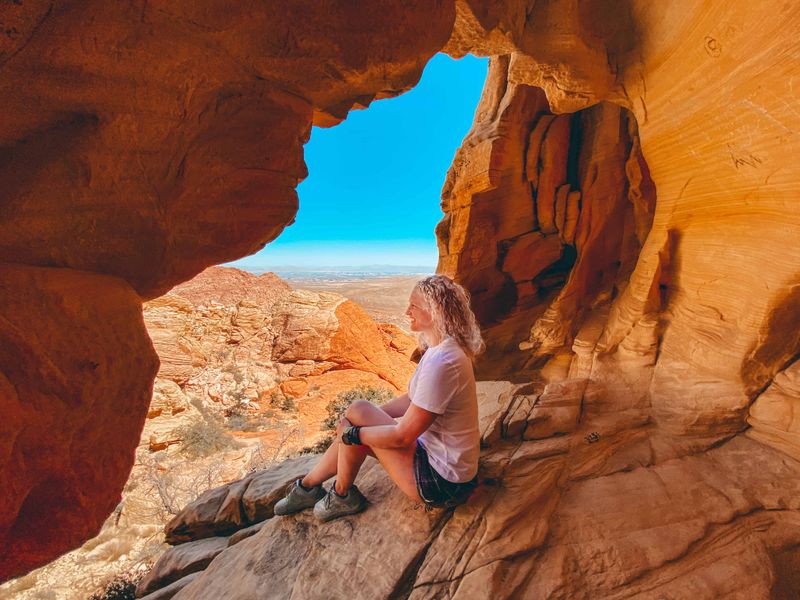
Morning hikes in Bryce Canyon had me shivering in shorts at 40°F, while afternoon walks through Capitol Reef roasted me at 95°F.
Desert climate swings are no joke! Layering is crucial for comfort in Utah and Arizona’s varied microclimates. Bring a light jacket even in summer, especially if camping or stargazing, when temperatures can drop 30+ degrees after sunset.
8. Start Early To Beat Crowds And Heat
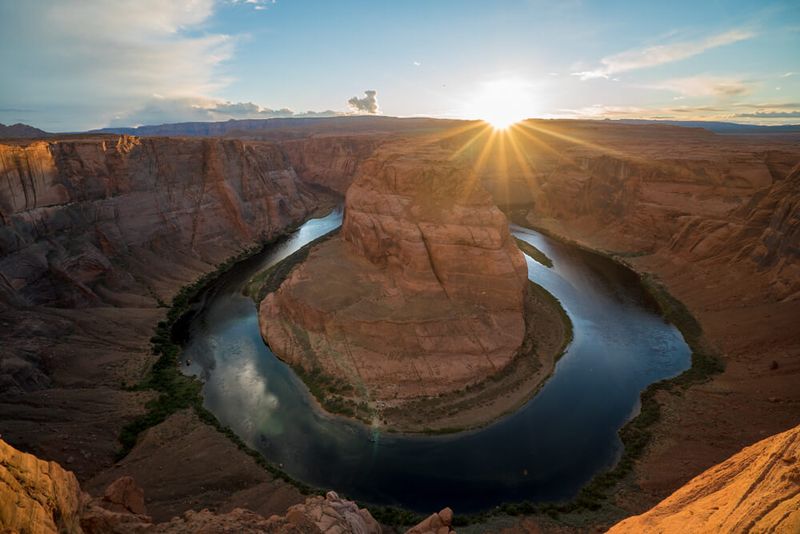
Sunrise revealed Angels Landing all to myself, while afternoon hikers stood in line for hours. Early mornings offer magical light for photography and cooler temperatures for hiking.
By 7 AM, I’d already completed popular trails in Zion that later became overcrowded. Setting your alarm for pre-dawn starts means better parking, wildlife sightings, and avoiding the harsh midday sun.
9. Some Of The Best Views Aren’t In The Parks
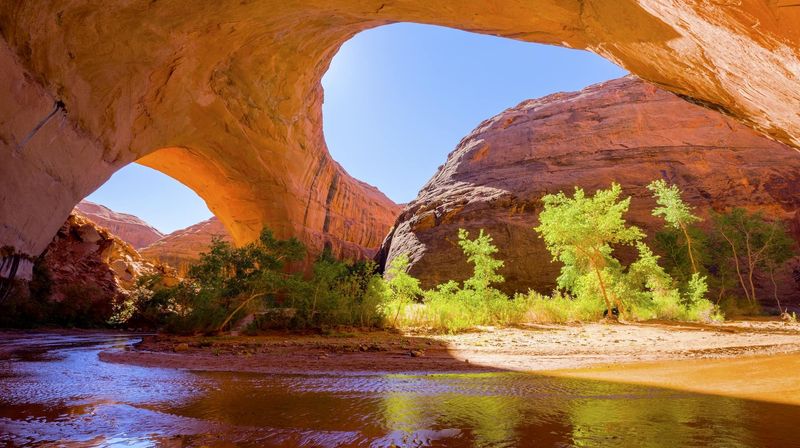
Hidden gems await those willing to venture beyond official boundaries. My random turnoff near Kanab led to a breathtaking canyon vista without another soul in sight.
Utah’s state parks like Goblin Valley and Kodachrome Basin offer spectacular scenery with fewer restrictions and crowds. Bureau of Land Management areas surrounding Arizona’s popular destinations often provide free camping with million-dollar views.
10. Solo Travel Safety Requires A Few Extra Steps
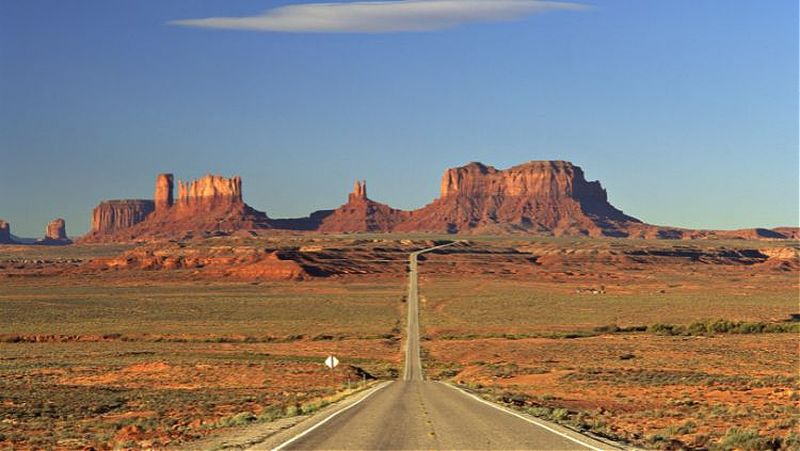
Nobody knew exactly where I was when my car overheated on a remote stretch of highway. The feeling of vulnerability was unsettling until a kind local stopped to help.
Share your daily itinerary with someone back home when traveling alone through Utah and Arizona. Carry extra water, food, and warm clothing in your vehicle, and consider a personal locator beacon for true backcountry adventures.
11. Final Thoughts: Would I Do It Again?
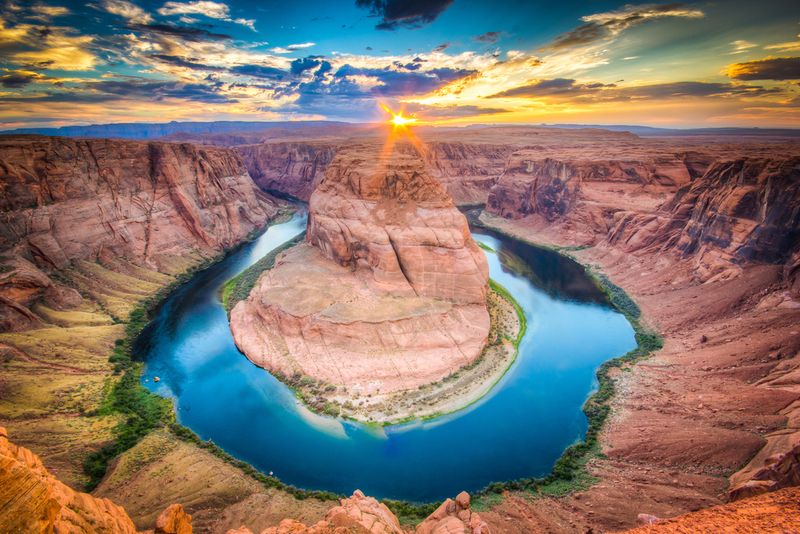
Despite the challenges, watching sunrise paint Monument Valley in golden hues made every difficult moment worthwhile. The freedom of the open road created space for reflection I couldn’t find elsewhere.
Next time, I’ll allow more buffer days between destinations. My journey through Utah and Arizona taught me that the unexpected detours often become the most treasured memories of all.
